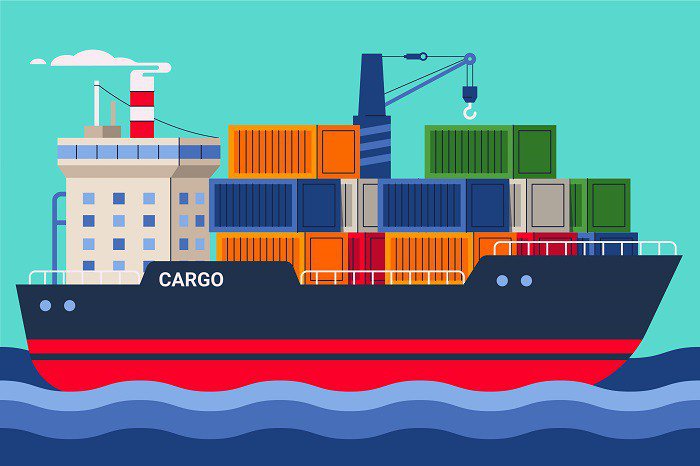
Effective logistics management is essential for ensuring the seamless transfer of goods across borders in international trade and shipping. Goods frequently pass through several locations and stages from their origin to their final destination, each with its terminology and procedures. In sea freight, three terms in this context are frequently used: ICD, On-Dock CY, and Off-Dock CY.
Understanding the differences between these terms, which refer to various stages and facilities involved in the shipping process, is crucial for companies involved in international trade.
What is ICD (Inland Container Depot)
An Inland Container Depot (ICD) is an essential link in the logistics chain. Before shipping containers arrive at the port or after they are unloaded from a ship, it serves as a facility for handling and storage. The strategic placement of ICDs makes them an ideal location for cargo deconsolidation and consolidation near major industrial and consumption centers.
Functions of ICDs
- Container Storage: ICDs provide safe container storage. If the port is busy or there is a delay in getting the containers there, containers can be temporarily stored.
- Consolidation and deconsolidation: ICDs make it possible to combine cargo from various sources into a single container, which streamlines the shipping procedure. Containers can also be de-consolidated at the ICD after arrival to be distributed to various locations.
- Customs clearance facilities are frequently found in ICDs, allowing customs procedures to be completed away from the busy port environment.
- Value-Added Services: A few ICDs offer value-added services like product assembly, packaging, labeling, and container repair.
What is On-Dock CY (Container Yard)
The On-Dock Container Yard (CY) is a port district facility frequently situated next to the container terminal. The immediate handling of containers before or after loading onto a vessel depends on this facility. On-Dock CYs are renowned for their effectiveness in accelerating the movement of cargo.
Roles of On-Dock CYs
- Staging of Containers: On-Dock CYs ensure that containers are easily reachable for loading onto ships. Containers are arranged and stacked according to their final destinations and loading order.
- Short Transit Times: Containers are moved a relatively short distance from the On-Dock CY to the ship's loading area. This shortens the time needed for container transfers and helps vessels turn around more quickly.
- Integration with Terminal Operations: The close proximity of On-Dock CYs to container terminals guarantees efficient loading and unloading operations coordination.
- Reduced Congestion: Ports can reduce congestion in the terminal area and improve the flow of containers by having an effective On-Dock CY.
What is Off-Dock CY (Container Yard)
In contrast to the On-Dock CY, the Off-Dock Container Yard is situated outside the port's boundaries, frequently in a place close by but apart from the port area. When the port's container yard is almost at capacity, off-dock CYs are essential for adding extra storage and handling capacity.
Functions of Off-Dock CYs
- Ports that experience congestion because of a lack of room inside their facilities can find relief in off-dock CYs. These yards offer short-term storage for containers while a port space becomes available.
- Flexibility and accessibility: These yards are typically placed in a way that makes it simple for trucking companies to access them. This accessibility aids in cutting down on the time and expense involved in moving containers to and from the port.
- Customs clearance and inspection facilities are another type of facility that can be housed in off-dock CYs, much like ICDs. This makes it possible to conduct customs procedures away from the main port area.
- Demand Fluctuations: Off-Dock CYs give ports the flexibility they need to handle unforeseen spikes in cargo volume without taxing the resources and carrying capacity of the port itself.
Conclusion
ICD, On-Dock CY, and Off-Dock CY refer to different stages and facilities that help efficiently move goods in the complex web of international shipping and trade. The handling of containers within the port area is optimized by On-Dock CYs, reducing transit times and congestion. In contrast, ICDs are essential for consolidation, customs clearance, and value-added services. On the other hand, off-dock CYs provide extra flexibility and overflow storage to manage cargo fluctuations effectively.
It is crucial for organizations involved in international trade and logistics to comprehend these distinctions. When used properly, these facilities can reduce costs, increase efficiency, and streamline operations, ensuring that goods arrive at their destinations promptly and affordably. Understanding these ideas will be crucial for business players trying to navigate the complexity of contemporary shipping logistics as global trade changes.





 Get instant quote
and compare offers in real time
Get instant quote
and compare offers in real time